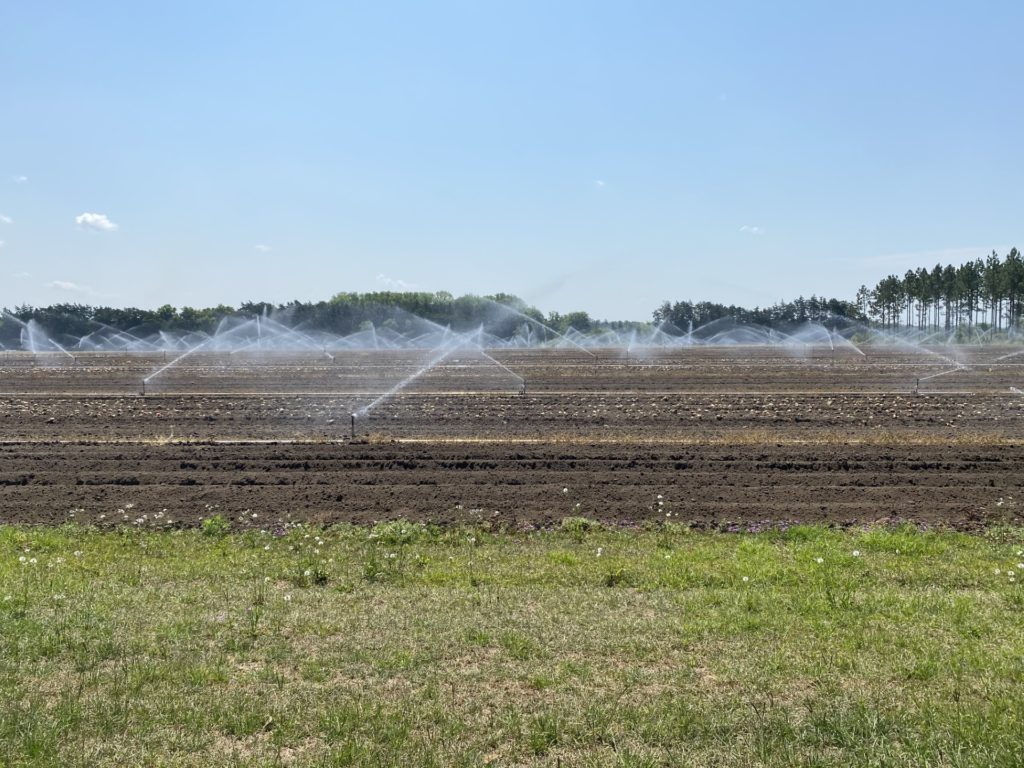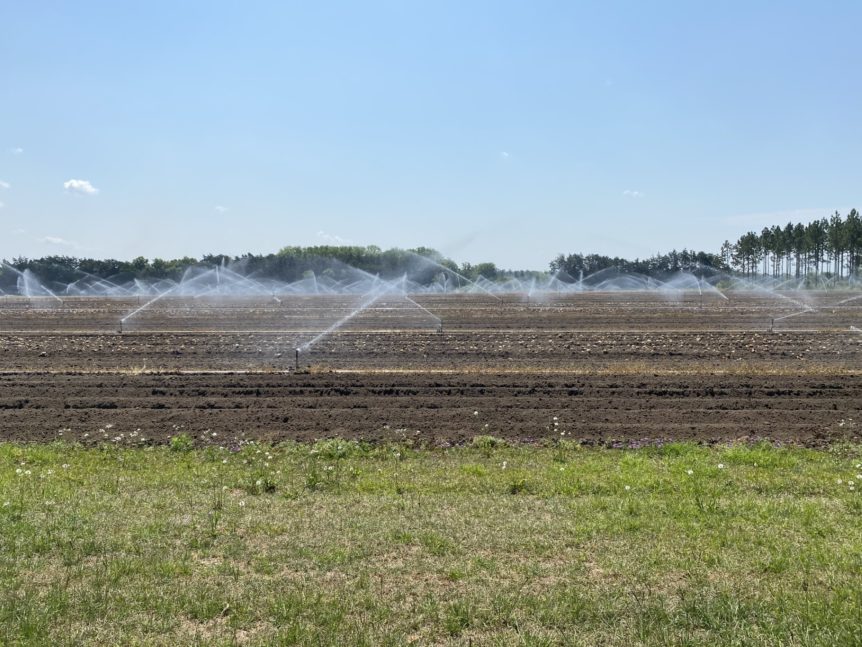
By Clint Thompson
University of Georgia research into the use of poultry litter as a fertilizer source for Vidalia onions shows it is a potential carrier for E. coli, a surrogate for Salmonella.
Laurel Dunn, University of Georgia Extension coordinator and assistant professor in food science and technology, discussed her research at the Southeast Regional Fruit and Vegetable Conference in Savannah in January. She cautions growers about the dangerous bacteria.
“We have traditionally thought that onions were a bullet-proof crop when it comes to food safety. They have so many anti-microbial compounds in them. But really since about 2020 we have started seeing some outbreaks in onion, particularly with salmonella. We were looking at these relationships before these outbreaks, but then these outbreaks happened, and we realized there’s actually an issue here,” Dunn said.
“One of the ways in the Vidalia growing area, which also has a lot of poultry production, is usually before they put transplants in, it’s pretty common practice to get poultry litter from nearby houses that are scraping out after they have a flock of birds leave and applying that directly to the soil. We know that salmonella is prevalent in that poultry litter material. We don’t know if that’s where salmonella is coming from in these outbreaks, but until we really figure out where it’s coming from, we have to look at any potential source.”
Background
Growers have generally applied the poultry litter 120 days before harvest to allow for any E. coli to dissipate. But Dunn’s research has proven that 140 days is a much better and safer timeframe.
“Maybe don’t apply it right before you transplant. Maybe apply it right after you harvest,” Dunn said. “That way you’ll maximize the amount of time for any pathogen reduction to occur in the environment since 120 days might not be sufficient.”
Dunn said her studies are intended to provide growers awareness about what they are using as a fertilizer source, though continued research is necessary.
“Poultry litter, we have to find a good way to dispose of it. It’s a valuable nitrogen source as a fertilizer. We’re not trying to tell people not to use it, but we want growers to be aware of the hazards associated with it,” Dunn said.










